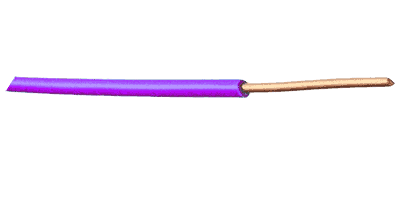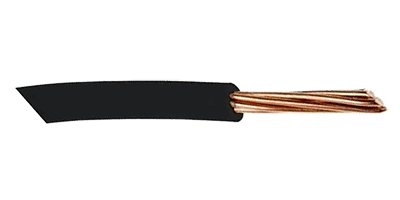Since 1876, PASEK has earned a reputation for expertise in mechanical locking hardware and key systems.
Power supply voltage to electrically operated devices must match the voltage required by the device. For example, if a magnetic lock requires 24DC, the power supply must give 24 volts direct current. The current required by the device must also be calculated so that there is enough current (amperage) for the device(s) to operate properly. When designing an access control system, you must add the total current draw of the powered devices in the circuit. Keyswitches, buttons, etc do not consume power and don’t have to be calculated. For example:
| Device | Current Draw |
| Magnetic lock | .350 ma |
| Keypad access controller | .400 ma |
| Total: | .750 ma |
In this example, a one amp power supply would be sufficient to power this access control system. Exit buttons and keyswitches aren’t calculated because they don’t draw any current. If there were two magnetic locks in this system. the current draw would go up to 1.1 amps, which would require a power supply with a greater amperage output.
Power supplies typically have two output terminals but can have additional terminals if the power supply includes switching functions. One of the terminals will be marked with a (+) positive symbol, the other with a (-) negative symbol. If the electrical product you are powering requires polarized power, be sure to follow the polarity symbols when wiring the circuit.
Other Factors
Wire can be supplied either stranded or solid. Stranded wire should be used whenever possible since it is more flexible and resists breakage. The polarity of wire can be indicated in several ways; by a rib(s) along the jacket, by a thread in the strands or by having the strands of wire in different colors. Multi-pair wire is supplied with different color jackets.
The selection of wire gauge is another important consideration. You need to calculate the current requirement (amps) of the circuit against the distance between the power supply and the powered devices. You can use the Wire Gauge Chart to determine the correct wire gauge to use. You should always round upwards when calculating the current used on a circuit. Like the access control equipment you are using, wire used in a circuit should be UL or CSA approved. All circuits will have some sort of switching device which will either send current or cut off current from the circuit. Keyswitches, exit buttons, exit devices or controllers can act to open or close a circuit. Depending on the type of circuit (open or closed), the switch will either make or break contact. Additionally, switches can be either maintained or momentary contact. Most access control system switches use a Form-C contact which allow simple remote monitoring of a circuit. Switches are also rated for current draw (amperage) and you should factor in the load of the circuit when selecting a switch.
For an access control system to be easy to use, and thus utilized, you can include a time delay in the circuit which will either open or close the circuit for a pre-set period of time and then relock the locking device.
Depending on the requirements of the system, you might want to include remote monitoring or an annunciator to indicate whether a circuit is open or closed or to indicate that an opening is secure.
Solid Wire

Stranded Wire

